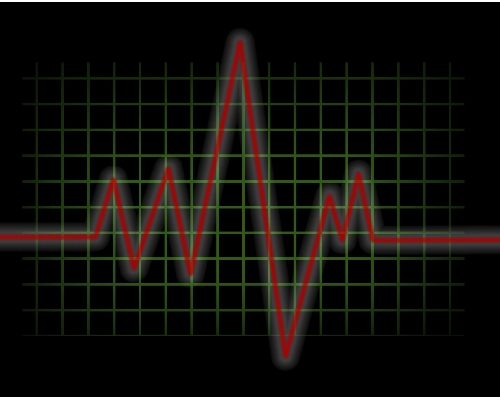|
AD converter or ADC
Analogue to Digital signal conversion AD converter, ADC, A/D converter (abbreviated ADC, A/D or A to D);all these terms stand for, ANALOGUE to DIGITAL CONVERTER. An Analogue to Digital Converter (or ADC) is an electronic piece of hardware, it's a device probably most commonly found in computers and PLC's. But also CD players and the like. An analogue to digital converter takes, detects or reads an infinitely varying signal such as voltage, this is the analogue input portion. From this the A/D converter scales the signal by pre-defined parameters and converts the analogue level into a digital value representing the analogue signal being read. For example, say we have a zero to ten volt analogue input. This could then be represented within a computer as a zero to ten value. One volt would equal the corresponding digital number referenced. So if you had a digital value of six, you would then know you have a voltage input of six volts. That would be a very coarse AD converter, in a PC or PLC the scaling values are more in the region of zero to four thousand for a zero to ten volt signal input. Why? This would give what's called a much higher resolution so an input of say 7.27V. On an analogue to digital converter scaled from zero to four thousand, for a zero to ten volt input. This 7.27V DC would give a digital reading of 2908. Just to clarify, an input of 5.0V DC would return a value of 2000. The resolution in this case would be 0.0025 Volts DC per count or division. This means this example analogue to digital converter would be quite accurate as each count of one between zero and four thousand represents 0.0025 Volts DC. The input signal level read in by the analogue to digital converter would only ever be up 0.0025V out. That's a two and a half thousanth (2.5/1000) of a volt. I think you'll agree that's quite close for most signal control systems. That's around the normal kinda levels for AD converters, but that's not to say you can't get higher resolutions because you can. This is the sort of accuracy that's fairly common place for A/D converters commercially produced but some are programmable and can be scaled into tens of thousands to give far higher resolutions. A good one for you would depend on what your trying to achieve with it, which in turn will suggest how accurate you'd need it. However, a zero to four thousand ADC is good for most control systems applications. Most potentiometers work on a two hundred and seventy degree arc, a one degree step is quite a finite movement. Now you imagine four thousand steps contained within that two hundred and seventy degree arc. Hmmm exactly very finite already, in fact it would be almost impossible for a person to set a potentiometer to a four thousandth step position, twice! Certainly with the kind of accuracy and repeatability we can get from a nowadays basic AD converter, makes the standard AD converter quite an accurate detector in its own right. An analogue or (analog) signal is any continuous varying signal of infinite resolution. It differs from a digital signal in that small and even minute changes within the signal are meaningful. Analogue signals are usually thought of in terms of an electrical or electronic nature. However, having said that, mechanical, pneumatic, hydraulic and any other type of system capable of producing an infinite varying signal, may also convey analogue signals. An analogue signal generally uses some property of the medium to convey the signal's information. As an example, a speedometer uses rotary position as the signal to reveal speed information to the vehicle driver. In electronic and electric realms, the property most commonly used is a voltage. But it could also use be current, frequency or resistance. Any data or information can be relayed by an analogue signal, often a signal represents a measured response to changes in some kind of physical phenomena. Such as sound waves, light level, temperature level, positioning, or pressure reading and this is normally achieved using some type of transducer. Go back to Computer Hardware Terminology page. Carry on down the menu to Specification page. |
